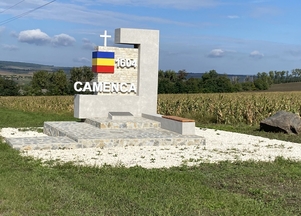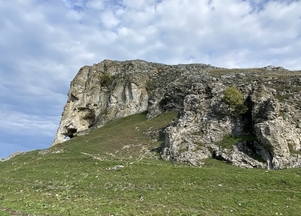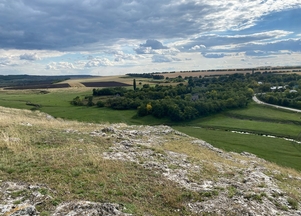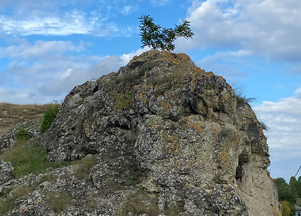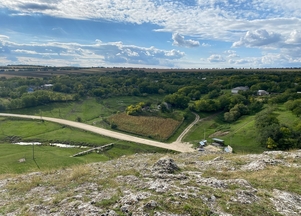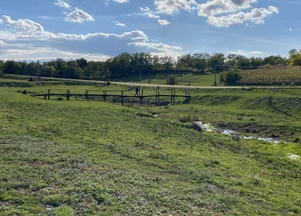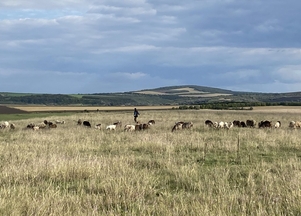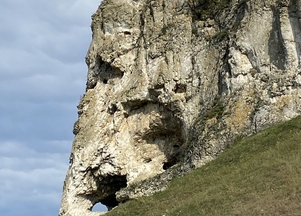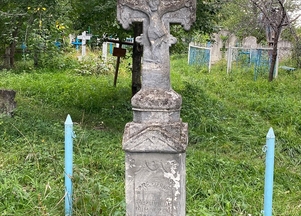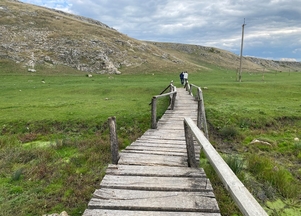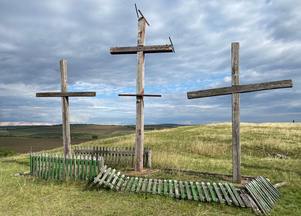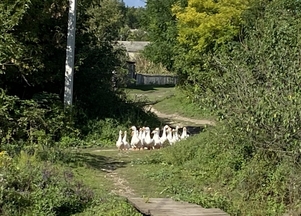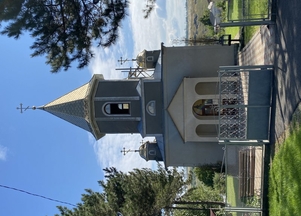Camenca
History
The village of Camenca was first recorded in 1604. According to legend, the place where the village is located was the estate of the Golia monastery in Iasi, an estate that was given by the Moldavian ruler Vasile Lupu. In the gorge formed on the river Camenca, the place currently called "Between the rocks" is the place where the village of Camenca was first settled and was called Lucăceni. The village was far from the water and the people moved further downstream, on the Camenca water, to the present site. As the village was situated on the Camenca River, it was given the name Camenca. The old hearth of the village can still be seen today, especially in spring when the land is ploughed and yellow squares can be seen on the places where houses were once built. The first families who came to this place were Albot and Camerzan.
The village of Brînzeni is attested in 1817. It was founded on the estate of the noblemen Ciugureanu and Bantis. According to the elders, they came from the village of Brînzeni, Edineț district. Also according to them, during the interwar period, most of the villagers went to the village of Brînzeni in Edineț for holidays. This is confirmed by the names of the families in both villages: Turchina, Morari, Gurău, Popescu, Rîmbu, Mașnicu.
The village of Butești was first recorded on 28 June 1637. It is situated on the Camenca river, where the natural state protected area "Cheile Butești" is located, also called "rock" with an area of 110 ha, which is a coral reef and through which the Camenca river has carved a gorge. In this cliff there is a cave to which the name of the village is also linked. It is said that the Turks hid a chest of gold in the cave. Hearing of this, a certain boyar Butescu came later with a crowd of men, found the chest and divided the gold. Some of the people stayed in these places, thinking they would find some more gold. In honor of their leader they named the village Butești, so it has remained until today.
The village of Molești was founded in 1720 by the nobleman Costache Molea. In 1923 the village had 27 households and 108 inhabitants. During the Soviet period the village of Molești became part of the Brînzeni collective household, specialized in cattle breeding.
Beautiful places
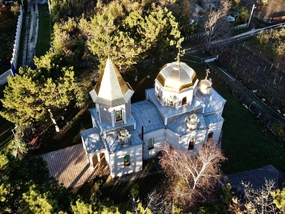
The St. Mary Magdalene Parish
The Church is a holy place of much Godly grace where Christians go to pray and give thanks to God. The church is dedicated to St. Mary Magdalene. The place is located in the centre of the village and to this day Christians go there to pray. In the beginning there were two churches, one Christian Orthodox and one Catholic.
Read more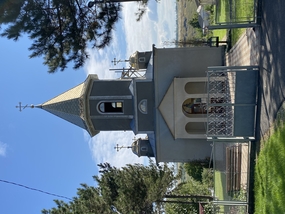
The Church of the Assumption of the Mother of God in the village of Butești
The Church of the Assumption was built in 1842 and lasted 12 years, until 1854. It was built of stone in the shape of a ship. In 1957 it was restored by craftsmen from Chernivtsi. After 1972, during the persecution, it was closed by the communist regime, which was in power. In 1988, when the Holy Places were opened, the doors of the church in the village of Butești were reopened.
Read more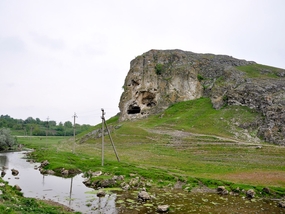
The Butești Cave
The Butești Cave is a very picturesque and interesting cliff, about 2 km long, 60-125m wide. On the side of the cliff facing the village of Butești, there is a cave about 9 square meters deep and 2.5 meters high. This land is full of legends and history. The locals say that more than two centuries ago, these places were covered in forests. A huge snake-shaped rock, with a cave at its edge, also rested here.
Read moreFigures
Vasile Coroban
An important personality from the village of Camenca was Vasile Coroban, a non-conformist literary critic, historian and doctor of philology, member of the Union of Writers of the MSSR since 1954.
He was born into a peasant family. In 1922 his father Pavel died, leaving a widow with 5 children, Vasile being the eldest. After graduating from primary school in the village, he was enrolled at the Ion Creanga high school in Balti and became a scholarship holder thanks to his high academic results. In 1931 he enrolled in the Faculty of Law at the Mihalian University in Iasi.
Between 1938 and 1940 he was employed as a technical secretary at the Commercial High School in Balti. At the beginning of the war he enlisted in the "Red Army", and towards the end of 1941 he withdrew behind the front. For two years he was the responsible secretary of the editorial office of the county newspaper "Luceafărul Roșu" (Red Morningstar), Balti.
In April 1948 he left for Chisinau, having been promised a job at the newspaper "Socialist Moldova". He is offered a collaboration at the Institute of History, Language and Literature of the Moldovan branch of the Academy of Sciences of the former USSR. Thus, from April 1948 until the year of his death (1984) Vasile Coroban never left this academic institution.
Our fellow villager died after several months of treatment at the Toma Ciorbă hospital in Chisinau, in October 1984. He is buried in his native village of Camenca.
Today we have the opportunity to visit the house where Vasile Coroban was born and raised.
Video presentation
In the following video presentation, you will be invited to discover the beauty of the banks of the Prut River in the Republic of Moldova. This picturesque area is known for its idyllic landscapes, where the river Prut flows quietly through the hills


 ro
ro
 ru
ru

